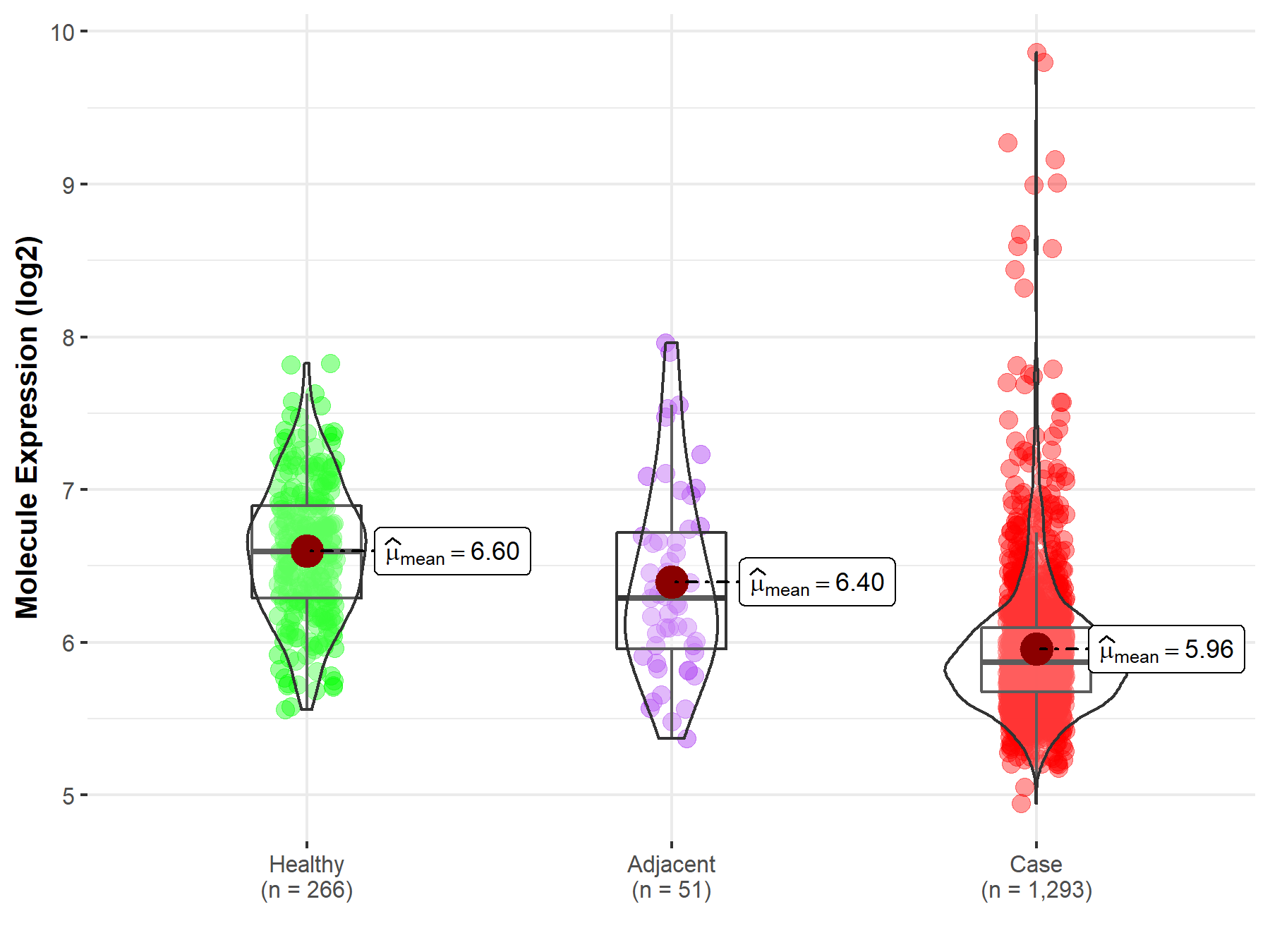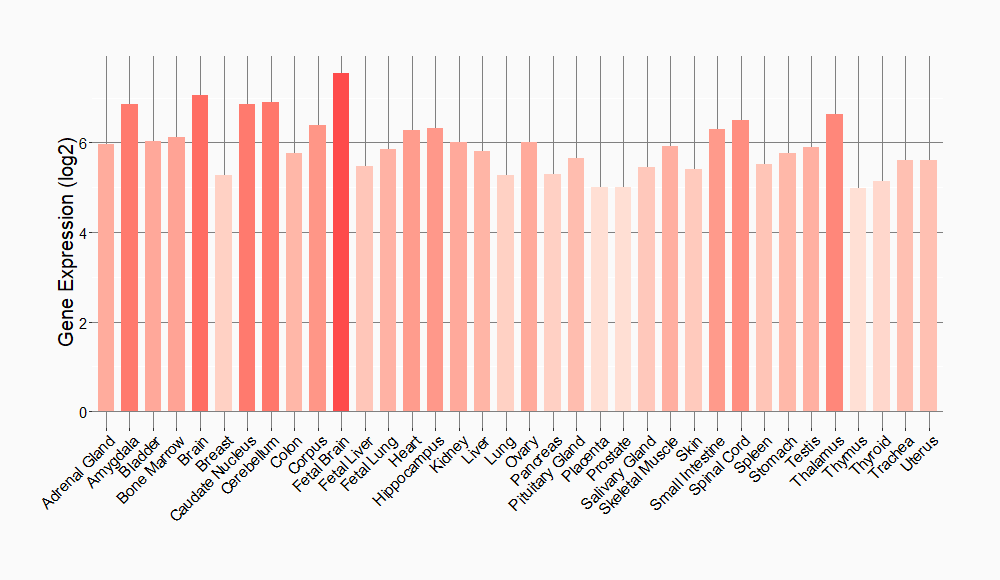Molecule Information
General Information of the Molecule (ID: Mol01828)
| Name |
NT-3 growth factor receptor (TrkC)
,Homo sapiens
|
||||
|---|---|---|---|---|---|
| Synonyms |
GP145-TrkC; Trk-C; Neurotrophic tyrosine kinase receptor type 3; TrkC tyrosine kinase; NTRK3; TRKC
Click to Show/Hide
|
||||
| Molecule Type |
Protein
|
||||
| Gene Name |
NTRK3
|
||||
| Gene ID | |||||
| Location |
chr15:87,859,75188,256,791[-]
|
||||
| Sequence |
MDVSLCPAKCSFWRIFLLGSVWLDYVGSVLACPANCVCSKTEINCRRPDDGNLFPLLEGQ
DSGNSNGNASINITDISRNITSIHIENWRSLHTLNAVDMELYTGLQKLTIKNSGLRSIQP RAFAKNPHLRYINLSSNRLTTLSWQLFQTLSLRELQLEQNFFNCSCDIRWMQLWQEQGEA KLNSQNLYCINADGSQLPLFRMNISQCDLPEISVSHVNLTVREGDNAVITCNGSGSPLPD VDWIVTGLQSINTHQTNLNWTNVHAINLTLVNVTSEDNGFTLTCIAENVVGMSNASVALT VYYPPRVVSLEEPELRLEHCIEFVVRGNPPPTLHWLHNGQPLRESKIIHVEYYQEGEISE GCLLFNKPTHYNNGNYTLIAKNPLGTANQTINGHFLKEPFPESTDNFILFDEVSPTPPIT VTHKPEEDTFGVSIAVGLAAFACVLLVVLFVMINKYGRRSKFGMKGPVAVISGEEDSASP LHHINHGITTPSSLDAGPDTVVIGMTRIPVIENPQYFRQGHNCHKPDTYVQHIKRRDIVL KRELGEGAFGKVFLAECYNLSPTKDKMLVAVKALKDPTLAARKDFQREAELLTNLQHEHI VKFYGVCGDGDPLIMVFEYMKHGDLNKFLRAHGPDAMILVDGQPRQAKGELGLSQMLHIA SQIASGMVYLASQHFVHRDLATRNCLVGANLLVKIGDFGMSRDVYSTDYYRLFNPSGNDF CIWCEVGGHTMLPIRWMPPESIMYRKFTTESDVWSFGVILWEIFTYGKQPWFQLSNTEVI ECITQGRVLERPRVCPKEVYDVMLGCWQREPQQRLNIKEIYKILHALGKATPIYLDILG Click to Show/Hide
|
||||
| Function |
Receptor tyrosine kinase involved in nervous system and probably heart development. Upon binding of its ligand NTF3/neurotrophin-3, NTRK3 autophosphorylates and activates different signaling pathways, including the phosphatidylinositol 3-kinase/AKT and the MAPK pathways, that control cell survival and differentiation.
Click to Show/Hide
|
||||
| Uniprot ID | |||||
| Ensembl ID | |||||
| HGNC ID | |||||
| Click to Show/Hide the Complete Species Lineage | |||||
Type(s) of Resistant Mechanism of This Molecule
Drug Resistance Data Categorized by Drug
Approved Drug(s)
2 drug(s) in total
| Drug Resistance Data Categorized by Their Corresponding Mechanisms | ||||
|
|
||||
| Disease Class: Mammary analogue secretory carcinoma | [1] | |||
| Resistant Disease | Mammary analogue secretory carcinoma [ICD-11: 2F30.1] | |||
| Resistant Drug | Entrectinib | |||
| Molecule Alteration | Missense mutation | p.G623R |
||
| Experimental Note | Identified from the Human Clinical Data | |||
| Experiment for Molecule Alteration |
Whole genome sequencing assay | |||
| Mechanism Description | A dramatic and durable response was achieved with entrectinib in this patient, followed by acquired resistance that correlated with the appearance of a novel NTRK3 G623R mutation. Investigation into the structural impact of the G623R point mutation revealed a potential mechanism of relative resistance to entrectinib and other Trk inhibitors. The NTRK3 G623R mutation creates steric hindrance that functionally reduces the binding of entrectinib with mutant TrkC. | |||
|
|
||||
| Disease Class: Breast adenocarcinoma | [1] | |||
| Resistant Disease | Breast adenocarcinoma [ICD-11: 2C60.1] | |||
| Resistant Drug | Entrectinib | |||
| Molecule Alteration | Missense mutation | p.G623R (c.1867G>A) |
||
| Experimental Note | Identified from the Human Clinical Data | |||
| In Vitro Model | Ba/F3 cells | Colon | Homo sapiens (Human) | CVCL_0161 |
| Experiment for Molecule Alteration |
Fluorescence in situ hybridization assay; Mutational profiling of actionable cancer targets assay | |||
| Experiment for Drug Resistance |
Promega assay | |||
| Mechanism Description | Recurrent gene rearrangements such as ETV6-NTRK3 are a critical mechanism of oncogenic activation for the neurotrophic tyrosine receptor kinase genes, NTRK1, NTRK2, and NTRK3, in human malignancies. Fusion of the intact tyrosine kinase domain of NTRK1, NTRK2, or NTRK3 with a variety of upstream partners results in dysregulated activation of several biochemical signaling pathways that promote oncogenic initiation and growth. | |||
| Drug Resistance Data Categorized by Their Corresponding Mechanisms | ||||
|
|
||||
| Disease Class: Solid tumour/cancer | [2] | |||
| Resistant Disease | Solid tumour/cancer [ICD-11: 2A00-2F9Z] | |||
| Resistant Drug | Larotrectinib | |||
| Molecule Alteration | Missense mutation | p.G623R (c.1867G>A) |
||
| Experimental Note | Identified from the Human Clinical Data | |||
| Drug Sensitivity Data Categorized by Their Corresponding Mechanisms | ||||
|
|
||||
| Disease Class: Solid tumour/cancer | [3] | |||
| Sensitive Disease | Solid tumour/cancer [ICD-11: 2A00-2F9Z] | |||
| Sensitive Drug | Larotrectinib | |||
| Molecule Alteration | Other | . |
||
| Experimental Note | Identified from the Human Clinical Data | |||
| Disease Class: Acute lymphocytic leukemia | [4] | |||
| Sensitive Disease | Acute lymphocytic leukemia [ICD-11: 2B33.0] | |||
| Sensitive Drug | Larotrectinib | |||
| Molecule Alteration | Other | . |
||
| Experimental Note | Identified from the Human Clinical Data | |||
| Experiment for Molecule Alteration |
Next-generation sequencing assay | |||
Disease- and Tissue-specific Abundances of This Molecule
ICD Disease Classification 02

| Differential expression of molecule in resistant diseases | ||
| The Studied Tissue | Breast tissue | |
| The Specified Disease | Breast cancer | |
| The Expression Level of Disease Section Compare with the Healthy Individual Tissue | p-value: 5.04E-68; Fold-change: -7.26E-01; Z-score: -1.65E+00 | |
| The Expression Level of Disease Section Compare with the Adjacent Tissue | p-value: 7.72E-06; Fold-change: -4.19E-01; Z-score: -6.70E-01 | |
|
Molecule expression in the normal tissue adjacent to the diseased tissue of patients
Molecule expression in the diseased tissue of patients
Molecule expression in the normal tissue of healthy individuals
|
||
| Disease-specific Molecule Abundances |

|
Click to View the Clearer Original Diagram |
Tissue-specific Molecule Abundances in Healthy Individuals


|
||
References
If you find any error in data or bug in web service, please kindly report it to Dr. Sun and Dr. Zhang.
